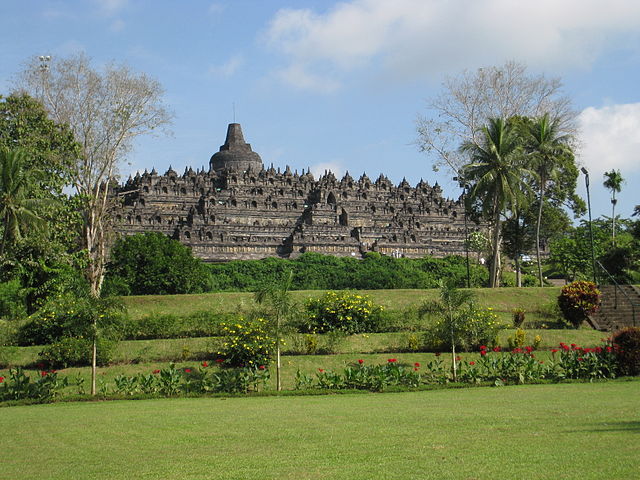Srivijaya was a maritime and commercial kingdom that rose to fame in the 7th century. The city was mainly located in what we know as Indonesia today. They are known to be the first unified kingdom to dominate most of the Malay islands. But did you know it was considered a lost city?
Srivijaya was a lost 14th-century city that ruled Indonesia and much of Southeast Asia for over 600 years but then vanished. Its location was recently discovered when fishermen on the Musi River discovered golden artifacts from the city in their nets.
The City of Gold
Srivijaya’s kingdom began in Palembang, a city on the Musi River island of Sumatra. According to Encyclopedia Britannica, the empire controlled the Strait of Malacca, a key route connecting the Pacific and Indian Oceans, and established trade with Malay groups, China, and India. Srivijaya was also a Mahayana Buddhist center.
According to Chinese reports from the seventh century, Palembang was home to over 1,000 Buddhist monks. According to the Indonesian Ministry of Tourism, Chinese Buddhists stopped in the city to study Sanskrit on their way to India. War with India’s Chola dynasty reduced Srivijaya’s power in 1025, but it continued to play a role in trade for the next two centuries.
Archaeologists have discovered no traces of royal court buildings, temples, or other structures, as Kingsley writes in Wreckwatch. It’s possible that the volcanoes on the island buried them. Another plausible explanation is that the city was primarily constructed of wood, with homes and other structures built on rafts that floated down the river, a style of architecture still seen in some Southeast Asian countries today. Such structures would have rotted away long ago.
Much of the information about Srivijaya that has survived is in the form of fantastical accounts by travelers who describe sensationalized sights like man-eating snakes and multilingual parrots but provide few details about daily life. According to Wreckwatch, the kingdom was wealthy in gold, which was used strategically to forge alliances with China and other regional powers. Srivijaya also contributed to constructing Buddhist temples and monasteries in India, China, and Java. The empire’s silver and gold coins were inscribed with a sandalwood flower and the Sanskrit word glory.
Many of these artifacts then appeared on the antiquities market. Many ended up in private collections, leaving scholars with little physical evidence of the civilization to study. (Source: History)
How was the Empire Discovered?
Local divers exploring Indonesia’s Musi River discovered gold rings, beads, and other artifacts that could be linked to the Srivijaya Empire, which ruled over large swaths of Asia between the 7th and 11th centuries C.E.
Coins of all periods, gold and Buddhist statues, gems, all the kinds of things that you might read about in Sinbad the Sailor and think it was made up. It’s actually real.
Sean Kingsley, British Maritime Archaeologist
Among the discoveries is a life-size Buddhist statue encrusted with precious gems, temple bells, mirrors, wine jugs, and flutes shaped like peacocks. (Source: History)
Image from Dailyscribbling
